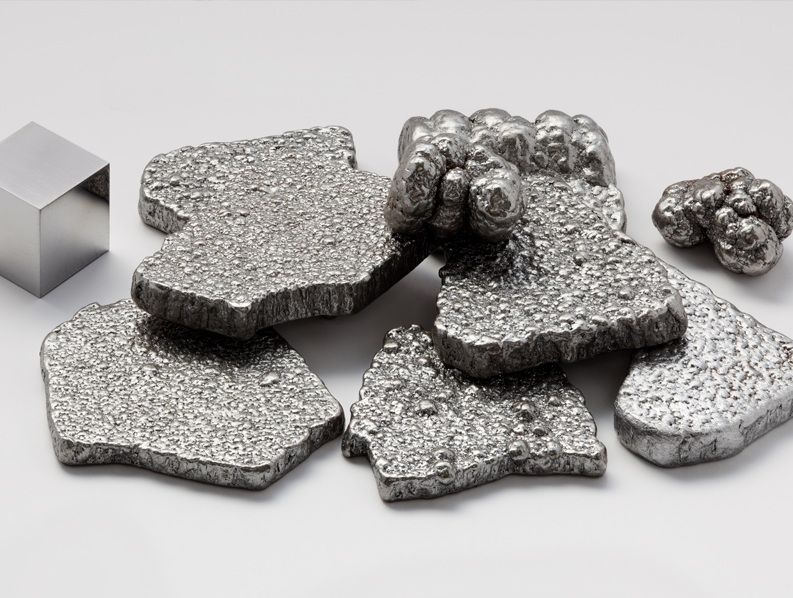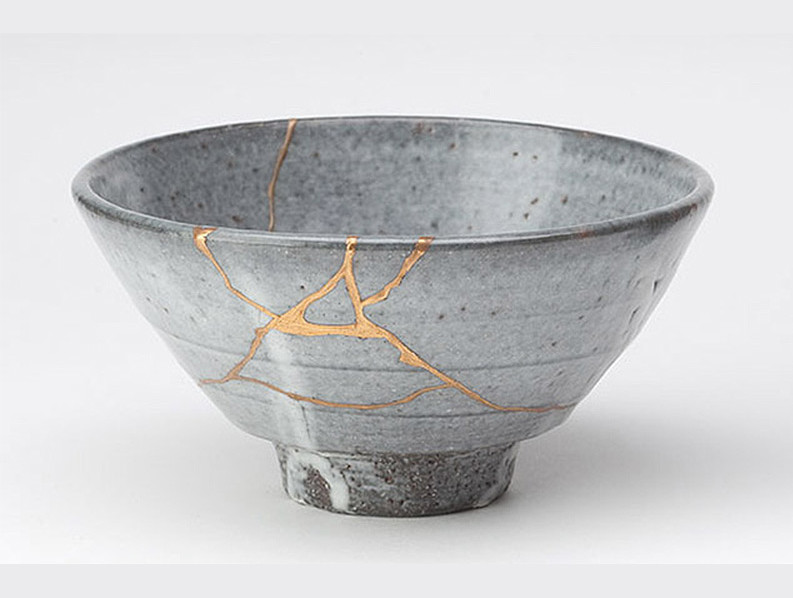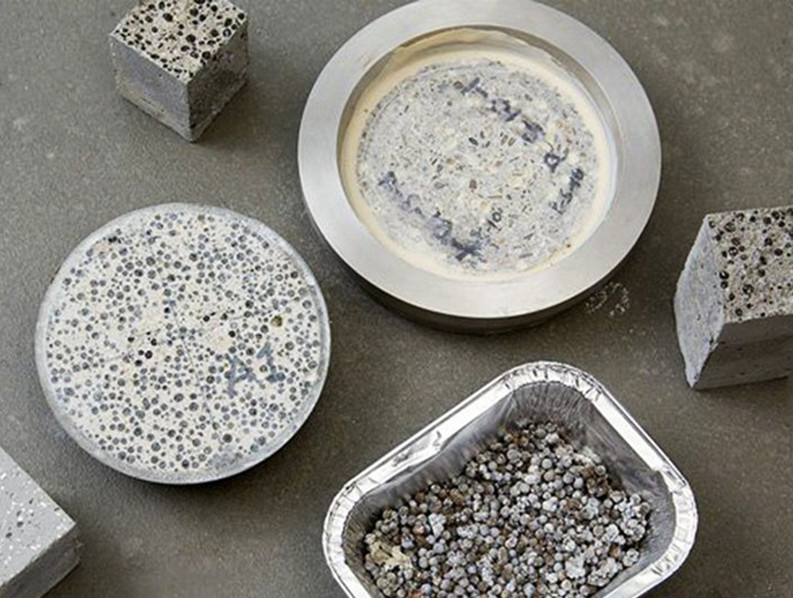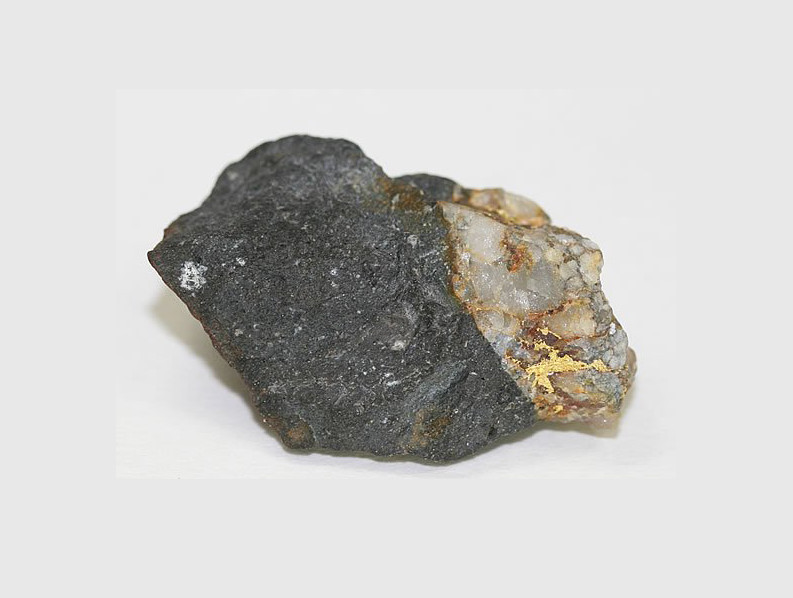Self Healing Materials: A Modern Day Kintsugi
“All things are impermanent. All things are imperfect. All things are incomplete”
-Leonard Cohen
Blaze Gonzalez writes about self-healing materials as a modern day kintsugi for the Ma-tt-er website.
In Japan, there is an art form where cracks and scars become golden streaks. Also known as golden joinery, kintsugi is the practice of repairing broken pottery with lacquer infused with gold, silver or bronze. This tradition embraces the temporality of an object. The fact that all living matter will eventually decay — treating atrophy as a map of an object’s history.
This philosophy of respecting and accentuating the inevitability of all things to decompose is not heavily prevalent in our current built environment. Buildings, cars, roads… they are all designed to be “impenetrable” with materials such as steel, concrete, rubber and plastic. All matter has a lifecycle. So, how do we cope with the eventual disintegration of the objects around us?
What if materials were not built to last forever? But instead designed to self-heal? These questions are not pure conjecture, the Dutch have been researching how to make self-healing materials a reality. Microbiologist Henk Jonkers has already succeeded in designing self-healing concrete. His design embeds limestone-producing bacteria and calcium lactate in the concrete. These bacteria are activated by the air and moisture that seeps into concrete when it cracks. The bacteria then eats the calcium lactate and converts it to calcite which seals the cracks.
After an 8 year study funded by the Dutch government a plethora of self-healing methods were researched. One method in particular, has the potential to be both resilient and beautiful. Researchers have found that iron has the ability to self heal by alloying with a small amount of gold. A modern day kintsugi if you will. These studies and experimentations open the door to a new framework for designing in the contemporary context. Moving away from the necessity of permanence and into a space of cyclical temporality.



